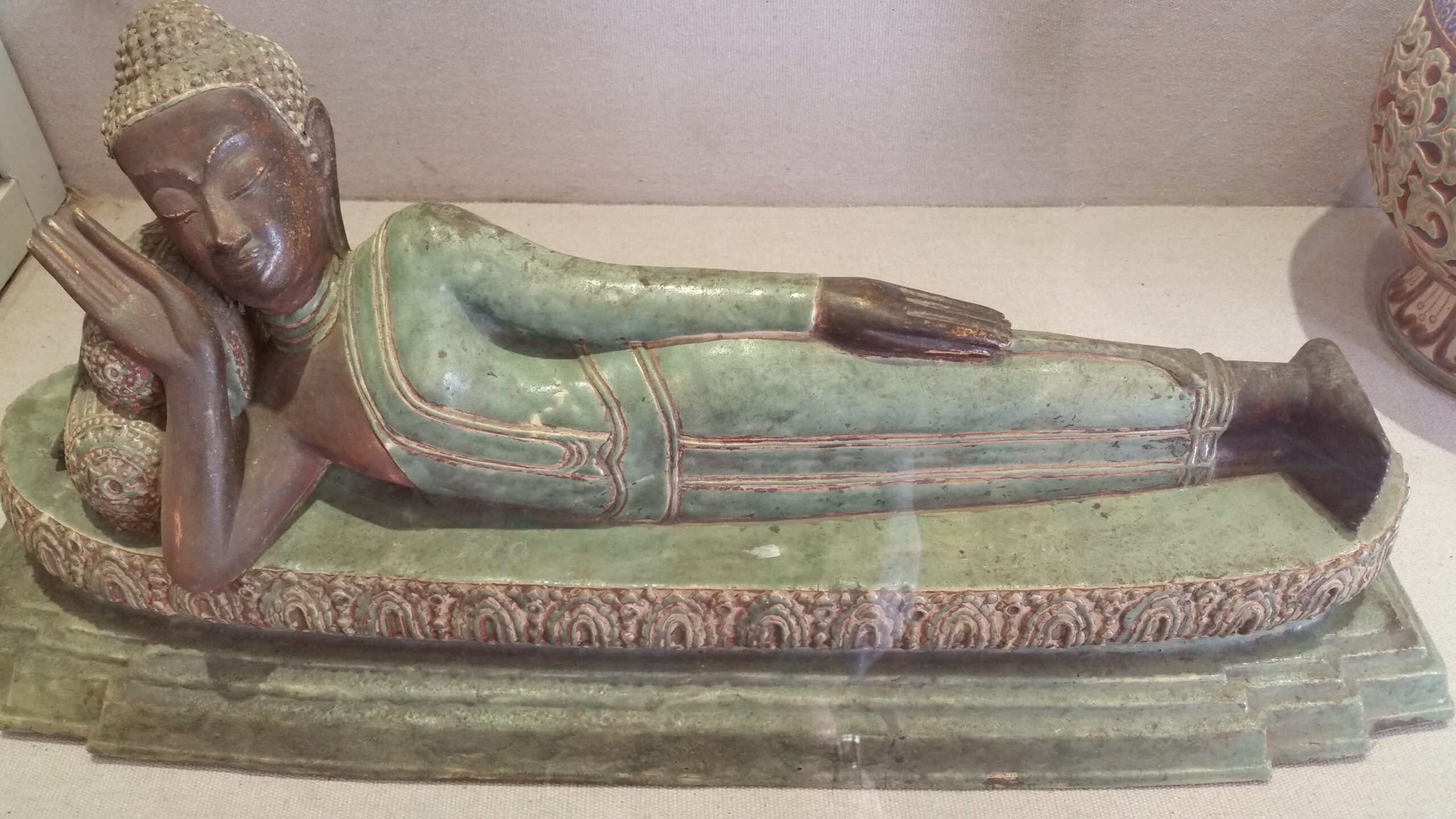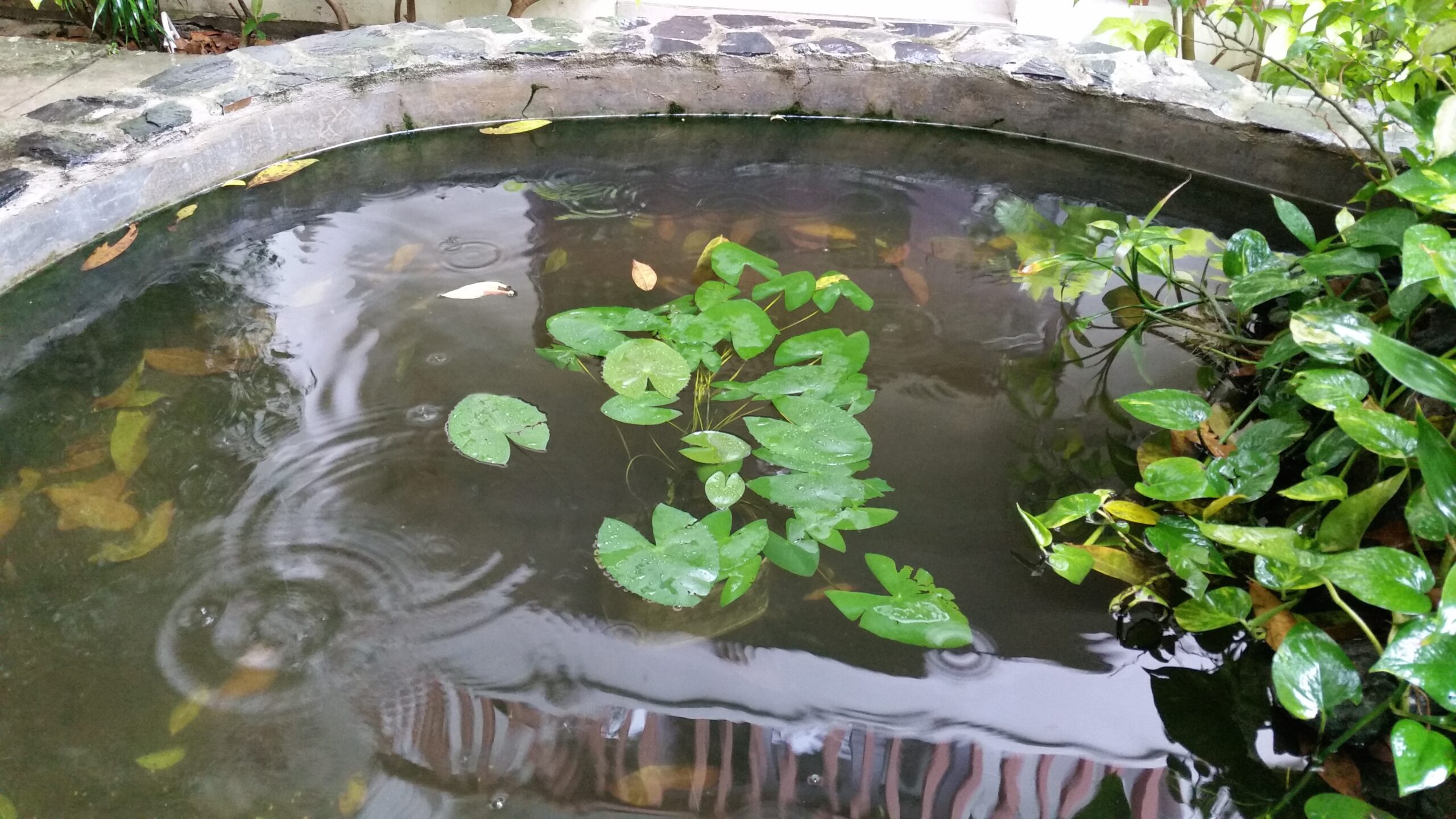Still days 3 & 4
Not sure how to even talk about Dhavari. If you look at Wikipedia, you will read that is is the largest slum in Asia with a population density of up to 600 people per sq acre. There are not enough toilets (one per 1440 residents in 2006) and not enough room. Still, the children go to school, cottage industries thrive and people who could live elsewhere choose to stay.
We were introduced to Dhavari by Faizan, a young man who was born and still lives in the community with his family. He is in pharmacy school and earns extra money as a guide. Dhavari is bordered by two main railway lines. We met Faizan outside the area and walked in, stopping on the main road for an introduction and some guidelines. We were asked not to take pictures, watch our step and please not to make faces of disgust or hold our noses if we find odors offensive. I think the three of us were all ashamed to think that any visitors to a community would behave that way, but if Faizan voiced the request, it was probably from past experience.
We started off learning about the recycling system. About 80% of Mumbai’s trash ends up in Dhavari. It is sorted, cleaned, melted down and reused. Faizan walked us through the process. Turns out, there are about 5000 businesses and 15,000 single-room factories. We saw an embroidery unit, bakery, pottery and textile production and cardboard box production. We were invited to join a group of boys playing rugby on a street. We saw mosques, churches and Hindu temples. There are wholesale rice and grain stores, schools and restaurants. There is a self sustaining economy connected to the global economy. Levi Jeans are cut and sewn in Dhavari. Container ships that would have returned to India from the US empty, are now returning with recyclables to be processed in Dhavari.
Toward the end of our walk, we went through a residential section. Dwellings are single rooms, separated from the walkway by a curtain. The walkway is 3 feet wide at most, covered, low and dark. Still, everyone has water and electricity. Just outside the residential area is a makeshift playground, a canal filled with waste and a few piles of burning trash. Ironically, it was there that a woman stopped Faizan and asked if the smell didn’t bother us. Faizan showed us the place where a part of Slum Dog Millionaire was shot. A few minutes later, we were in the leather production area. Obviously problematic, the leather is never cowhide, there is a lot of toxic waste connected to tanning, and the product is for export.
We ended our walk in the pottery area. Families use the ground floor space to prepare the clay, throw and sell the pots. The kilns line the alleys behind the shops and the families live above them. Faizan is very proud of Dhavari. He shared childhood memories of playing hide and seek in the residential corridors, showed us the adjacent building where he now lives with his family, and talked about the close-knit, self governing community.
It is not clear what the future holds for the population of Dhavari. The land it sits on is prime real estate, and the government wants to redevelop. But local opposition is strong and powerful, so for now it remains as is.


